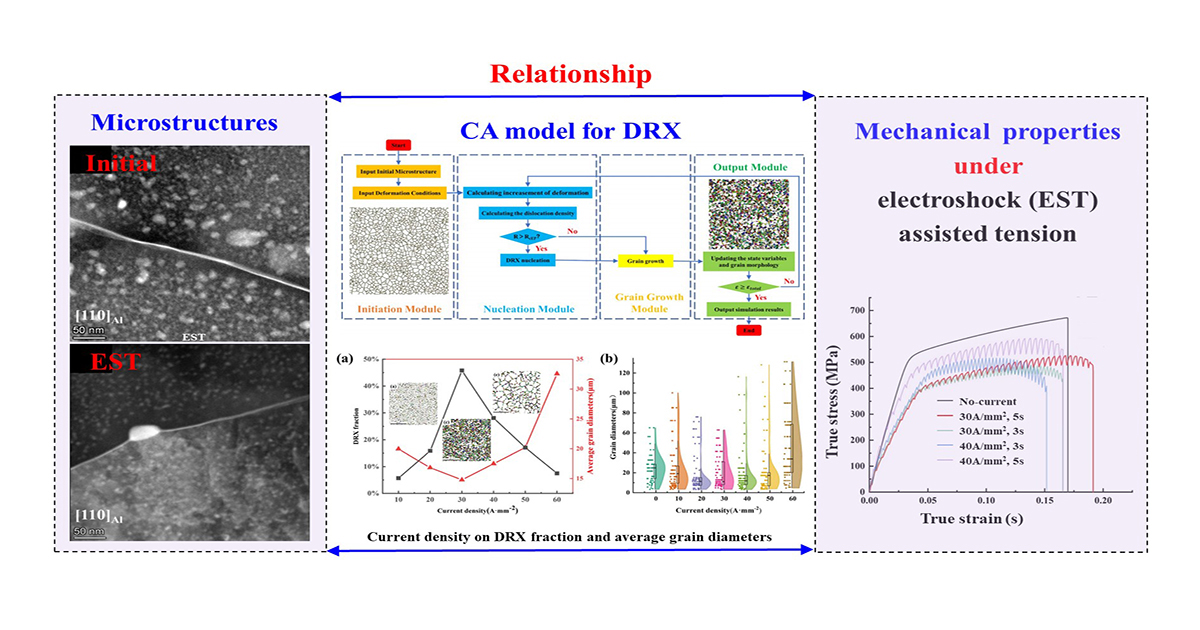Recent Progress in the Forming of High-Strength Lightweight Alloys
A special issue of Metals (ISSN 2075-4701). This special issue belongs to the section "Metal Casting, Forming and Heat Treatment".
Deadline for manuscript submissions: 20 June 2024 | Viewed by 4899

Special Issue Editor
Special Issue Information
Dear Colleagues,
We are pleased to invite you to publish original contributions relating to the forming of high-strength lightweight alloys. High-strength lightweight alloys such as high-strength steel, aluminum alloy, magnesium alloy and titanium alloy, are important structural metal materials with excellent characteristics of high specific strength, high specific stiffness and excellent lightweight performance, etc. They have been widely used in aerospace, high-speed rail, automotive and other fields. Generally, an increase in alloy strength will lead to a decrease in plasticity, making the material prone to crack, springback, wrinkle and other forming defects. In recent years, in order to improve the formability of high-strength lightweight alloys, a lot of new forming methods have emerged and become research hotspots in this field. This Special Issue focuses on the new forming methods of high-strength lightweight alloys.
Articles concerning the theories, technologies and applications related to the forming of high-strength lightweight alloys are welcome. This will provide a broad platform for scientists and engineers in the field of material processing all over the world to showcase their latest research work. Therefore, this Special Issue will cover, without being limited to, the following fundamental and applied research topics:
- High-strength lightweight alloys
- Material characterization
- Kinetic modelling
- Constitutive modelling
- Deformation mechanics
- Forming and joining processes
- Rapid aging
- Process and system modelling
- Fatigue and fracture
- Applications
Prof. Dr. Yanli Song
Guest Editor
Manuscript Submission Information
Manuscripts should be submitted online at www.mdpi.com by registering and logging in to this website. Once you are registered, click here to go to the submission form. Manuscripts can be submitted until the deadline. All submissions that pass pre-check are peer-reviewed. Accepted papers will be published continuously in the journal (as soon as accepted) and will be listed together on the special issue website. Research articles, review articles as well as short communications are invited. For planned papers, a title and short abstract (about 100 words) can be sent to the Editorial Office for announcement on this website.
Submitted manuscripts should not have been published previously, nor be under consideration for publication elsewhere (except conference proceedings papers). All manuscripts are thoroughly refereed through a single-blind peer-review process. A guide for authors and other relevant information for submission of manuscripts is available on the Instructions for Authors page. Metals is an international peer-reviewed open access monthly journal published by MDPI.
Please visit the Instructions for Authors page before submitting a manuscript. The Article Processing Charge (APC) for publication in this open access journal is 2600 CHF (Swiss Francs). Submitted papers should be well formatted and use good English. Authors may use MDPI's English editing service prior to publication or during author revisions.
Keywords
- high-strength lightweight alloys
- material characterization
- kinetic modelling
- constitutive modelling
- deformation mechanics
- forming and joining processes
- rapid aging
- process and system modelling
- fatigue and fracture
- applications





